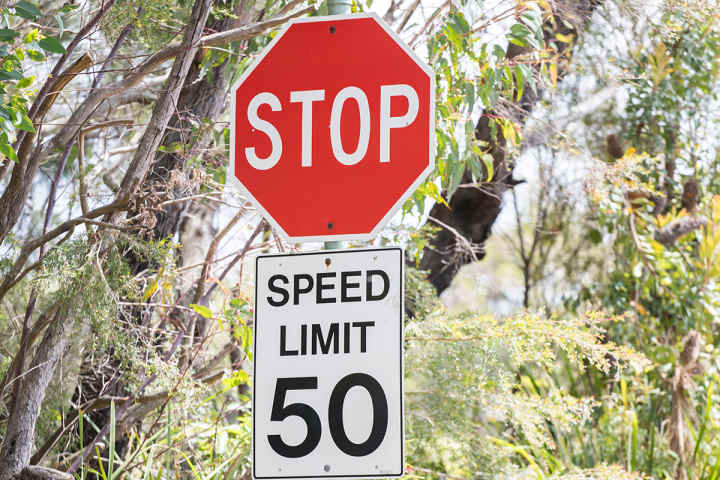Knowing how to deflate and inflate your tyres is a fundamental skill for all off-road drivers. If you get your tyre pressures right to suit the vehicle, for the terrain, and the conditions, then everything else will flow on from there.
Read our guide on how to deflate your tyres for all types of terrain and you’ll be a off-roading champion in no time.
KNOW YOUR PSI
When you deflate a tyre – drop its pressure – it lengthens the tyre’s ‘footprint’ – its surface area from front to back – increasing the vehicle’s contact with the ground, thus aiding traction – and traction is crucial at all times, including when you’re driving off-road.
There’s no hard-and-fast rule for tyre pressures – it’ll depend on a few factors including your vehicle’s weight, the load, and the conditions – but if you stick to these figures (below) you’ll be able to tackle any terrain with confidence.
Bitumen +/- 30-38 psi / check tyre placard
Sand +/- 15-18 psi
Firm dirt / gravel track +/- 28-36 psi
Rough gravel track +/- 26-32 psi
Rocks +/- 22-28 psi
(Psi – pounds per square inch)
A great general approach to off-roading is: deflate your tyres, drive, and see how you go; then adjust your tyre pressures as needed.
Remember: once you've dropped tyre pressure there's a greater risk of rolling a tyre off the rim – so drive conservatively: no sharp turns, no sharp acceleration or heavy braking. Don’t go lower than 10 psi unless absolutely necessary and you’re traveling at extremely low speeds.
DROP TYRE PRESSURES
To drop your tyre pressures, you need to a good-quality tyre deflator. In simple terms a tyre deflator works by pushing the tyre’s valve core in to release air – for this, everyone used to use a stick, a key or something else close to hand, but that’s imprecise and wastes your time – time better spent having fun on the beach or on the tracks.

A tyre deflator is made up of the gauge and the business end, which you attach to the valve stem. A deflator removes the tyre’s valve core and lets air out at a faster rate and with more precise control, then you would be able to do otherwise.
Use a tyre deflator from a good company, such as ARB’s EZ Tyre Deflator, one from Ironman 4X4 or one from another aftermarket company with a good reputation.
SLOW DOWN
With tyre pressures dropped, make sure you drive conservatively, because your vehicle’s handling has been compromised. Accelerate slowly, brake gently – even better still, roll to a stop – and don’t do any fast, sharp turns.
On sand, momentum not speed is key; steady constant throttle will maintain steady forward progress. At any time on sand, if your wheels start to dig in, and you lose all forward momentum, stop accelerating immediately because you’ll just make it worse.

Work these go-slow principles into your bush-driving style – accelerate and brake gently, and use a more conservative all-round driving approach – and you and your family or friends will have a safer and much more enjoyable time.
RE-INFLATE YOUR TYRES
Now, after you’ve had your fun on the sand or in the bush – and before you get back onto the bitumen – you need to re-inflate your tyres back to on-road pressures. Driving on hard surfaces with aired-down tyres is not safe and may damage your rims, at the very least. (Check your vehicle’s tyre placard for the recommended tyre pressures).
To inflate your tyres, you can either join the lengthy queue at the nearest servo to use the air compressor there, or use your own – which is what I do. Portable air compressors are fast and simple to use; attach its alligator clips to your battery’s positive and negative points (red to positive; black to negative) and pump up each tyre to the required levels. As always, opt for a solid product from a good company.

Knowing how to deflate your tyres will help get you through the majority of off-road terrain you’re ever likely to tackle.
Remember: If you ignore your tyre pressures, you’ll end up in strife – I’ve seen it happen many times – but get tyre pressures correct and it goes a long way to ensuring you’ll have a safe and enjoyable time on any beach or bush track.




.jpg)
.jpg)





Comments